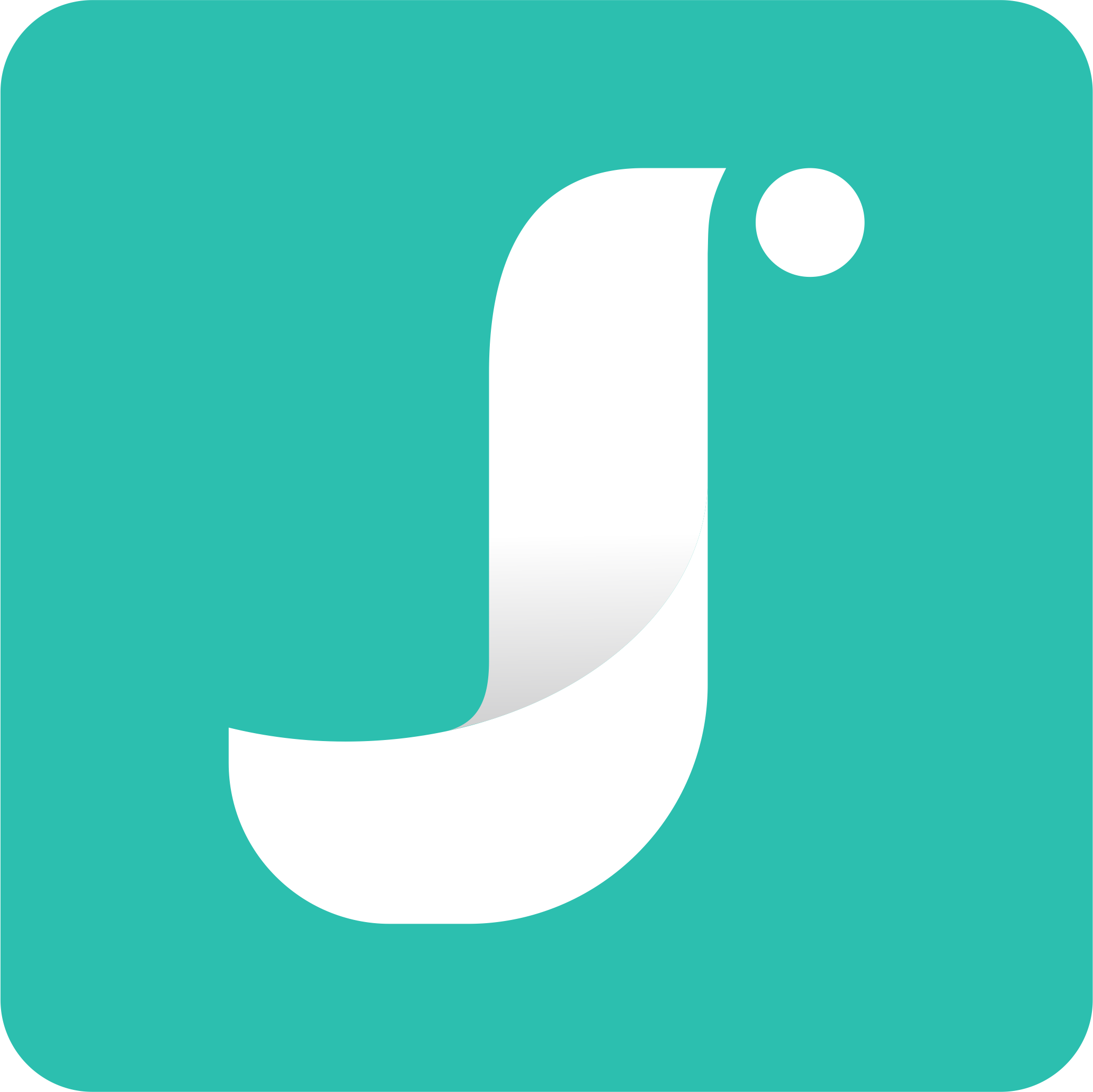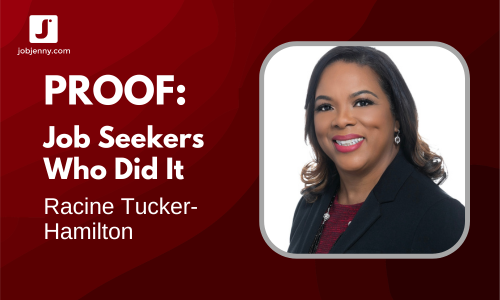9 things you're doing wrong on LinkedIn (and how to fix them)
We are now one week into the new year. Most of you who have resolved to make 2013 the year you find a better paying, more fulfilling or genuinely killer new job are probably in full swing with your action plans by now, yes?
High-five to you guys. This is a great time to be a job seeker. January tends to be one of the heaviest hiring months. Everyone's back from the holidays, companies that operate on calendar fiscal years have new hiring budgets and the general corporate mood is "Let's make this a big, profitable year! Woot!"
So your timing is good. Is your LinkedIn profile?
If it's not, drop everything and fix it. We're near the point in the corporate world that, if you are not on (and USING) LinkedIn for professional networking? You don't exist. One of the very first places recruiters, hiring managers or other decision makers go when they want to "check you out" is LinkedIn. When they key in your name, Google ranks LinkedIn profiles high, so your profile will likely appear near the top.
That said, it's got to be good. It's got to brand you in the ways you want to be branded. It's got to quickly illustrate that you completely rule the school, and that they should snap you up before someone else does.
Here are 9 of the most common things job seekers do wrong on LinkedIn, and how to fix them:
Failure to consider who you're trying to influence.
Just like with your resume, you simply must think about who you're trying to reach, what they're going to care the most about, and what you want to say to them. This is called branding. Whether you try to or not, you brand yourself, to an incredibly wide audience, through your LinkedIn profile. Be thoughtful and deliberate with your messaging. Peel off the stuff your target audience won't care about, and add information that will entice them.
No custom headline.
LinkedIn defaults your headline to your current job title. Zzzzzzz. No, no, no. You must change this headline so that it summarizes who you are and what you're known for. Use key words, too. This will help assure that, when a recruiter is searching for a "you," your profile turns up in their search. You get 120 characters. Use them to your advantage. Here's my headline if you want an example:
Recruiter | Job Search Strategist | Career Coach - I help people find or create amazing jobs
No (or few) key words that relate to your career field.
The Skills & Expertise section is an important one. Populate that sucker, with terms and phrases of stuff you're really good at. Just start typing it in to the search box and see what pops up. Choose one of the standard options, rather than creating your own. This will help optimize your profile for those doing searches for people with your skill set. And don't use lame skills like "detail oriented" or "team player." Pick actual skills like "project management" or "business development" or "process improvement." You can select up to 50. I think 50 is overkill, but certainly choose plenty.
No photo, or a bad photo.
LinkedIn is a tool that invites interaction. As humans, we appreciate interacting with those whose names we can connect to their faces. So be sure and use friendly looking, professional and relevant to your chosen field photo on your LinkedIn profile. Not a full body shot (unless you work in a field that your physical dimensions matter), not you at a party, nothing that implies you're anything but friendly, inviting and generally awesome human.
No vanity URL.
The default personal URL LinkedIn gives you has a bunch of letters and numbers all garbled up at the end of the URL. When you leave your URL as is, you look like a LinkedIn newbie, plus it looks messy to put this URL on your resume or in other cross-promotional places. You can go right in and edit your public profile URL, usually so that it ends simply, with your firstname/lastname or something close.
Few recommendations (or worse, none).
Every one of us has at least a few people in our professional circles who will say nice things about our capabilities. Go ask a short handful of them for a recommendation. And when you ask, don't just say, "Hey, will you recommend me?" It's way better to approach with specifics on what you're looking for, and what you'd love for them to say. For instance, "Hi Sue, I'm very interested in showcasing to potential employers my expertise in time management. Would you be willing to write a LinkedIn recommendation that outlines your experience with me on the Austin Project last year? I think that project really exemplifies my ability to juggle many priorities at once."
No Group participation.
You absolutely must take advantage of the zillions of groups on LinkedIn. There is, literally, a group for just about every profession, hobby, geography and university. Find a few groups that are well-trafficked and highly relevant to your career field and/or geography. Alumni groups are great, too. Alumni take care of their own. And then start participating selectively in the conversations that go on within the groups. Share your input and expertise, become known as a thought leader.
No stance on who you will (and will not) connect with.
As you build out your LinkedIn network, think about who you want to influence, who you want to learn from, and who might be either directly or indirectly able to influence your career. These are your most important contacts. It's good to have at least an informal policy on who you will invite into your network, and who you will allow in. And it's totally OK to ignore a connection request if it's someone you've never met nor heard of, or someone you'll feel uncomfortable having in your network.
No knowledge of the Jobs tabs all over LinkedIn.
You'll find Jobs tabs on LinkedIn's main pages, as well as within each of the Groups you join. These can be really useful, especially if you join Groups that are hyper focused to your industry and/or geography. And many of these jobs will not be posted elsewhere, so you could be competing with fewer people for jobs posted on LinkedIn.
If you're serious about making this THE year that you make huge career strides, you truly must have a great LinkedIn profile and leverage the hell out of all that it has to offer, both both job seekers and any business professional.
MAXIMIZE LINKEDIN
Need more help learning how to harness the power of LinkedIn for job search and career networking? The Ridiculously Awesome LinkedIn Kit can help.











